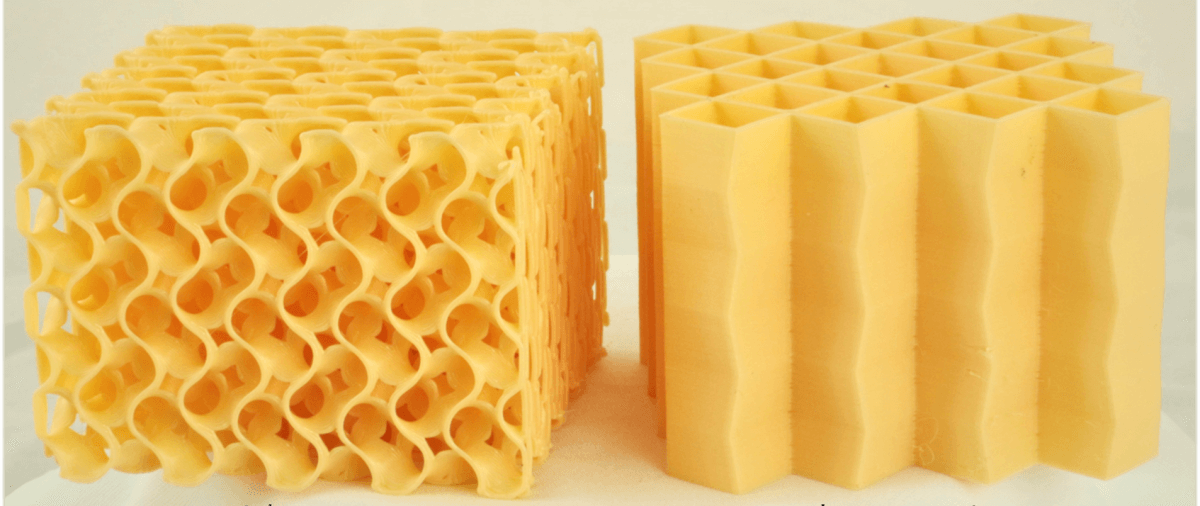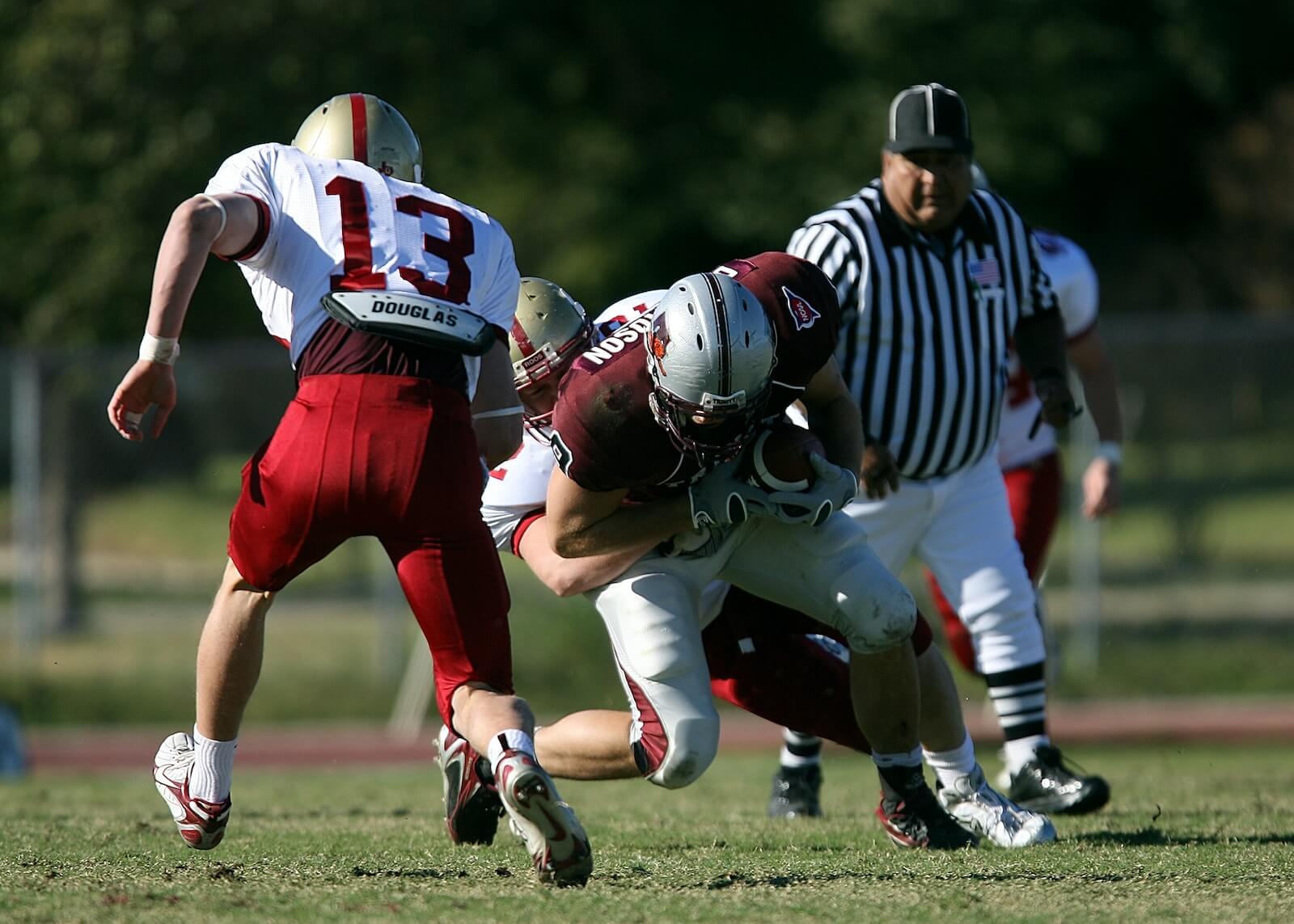BOULDER, Colo. — Will football finally be safe to play in the near future? Researchers with the University of Colorado-Boulder are hoping so after developing a revolutionary new padding design capable of withstanding significant impacts. This comes as a number of players consistently deal with brain trauma from repeated head injuries, impacting their cognitive health and potentially leading to chronic traumatic encephalopathy (CTE) later in life.
“Impact mitigation is something that’s important everywhere,” says study corresponding author Robert MacCurdy, an assistant professor in the Paul M. Rady Department of Mechanical Engineering at CU Boulder, in a university release. “It’s in highway crash barriers, knee pads and elbow pads, and in packaging equipment.”
Researchers developed a method to redesign the interior structure of cushioning materials using advanced computer algorithms. These redesigned materials can absorb up to 25 percent more force than the current leading technologies, offering a new level of protection and resilience.

Foams, the squishy materials filled with tiny holes and channels, are commonly used for absorbing impacts but suffer from a critical limitation: they compress into a rigid mass under too much pressure. MacCurdy and his team aimed to address this drawback by engineering materials that maintain their protective properties under various forces.
“The material you use for absorbing impacts matters,” notes MacCurdy. “But what really matters is the geometry.”
The geometry of the foam material was the secret to the researchers’ success. Traditional padding materials, like foams and hexagonal tower-based designs, have their limitations in efficiently absorbing energy. The CU Boulder team’s innovation involves tweaking the internal structure of these materials to include kinks, similar to accordion bellows, which guide the material to collapse smoothly under impact. This approach ensures that the cushioning behaves consistently across a wide range of compression, making it more reliable and effective in protecting against different types of impacts.
“If you’re riding your bike and get into a crash, you don’t know if that’s going to be a low-speed impact or a high-speed impact. But regardless, you expect your helmet to perform well,” says MacCurdy. “We’re trying to develop a geometry that performs well under all of those scenarios.”
What makes this technology particularly exciting is its versatility. The designs created by researchers can be printed using commercially available 3D printers and made from a variety of materials, including thermoplastic polyurethane and even metals like aluminum. This adaptability opens up a wide range of applications, from enhancing the safety of football pads and bicycle helmets to improving the durability of shipping crates.
“The moment you start to compress these structures, they absorb a certain amount of force,” explains MacCurdy said. “The best absorber designs maintain a constant force across the whole range of compression.”

The team’s experimental tests revealed that their 3D-printed blocks could absorb roughly six times more energy than standard foams and outperform other honeycomb designs by up to 25 percent. As MacCurdy and his colleagues continue to refine their designs, the future looks promising for the development of padding that can provide optimal protection under all circumstances.
The study is published in the journal Advanced Materials Technologies.
